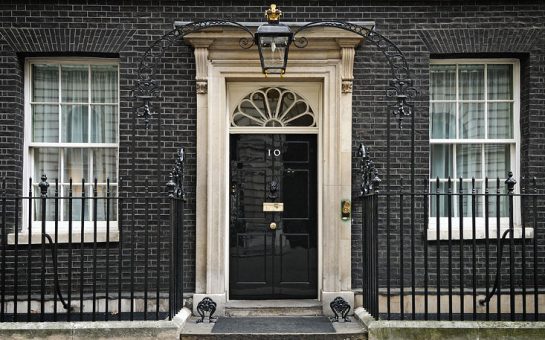Now that the UK has officially left the EU and we’re what’s called a “third-party state”, the rules for travelling to the continent have changed a bit.
For the moment, of course, the government advises strongly against all international travel until the coronavirus pandemic has been resolved.
From then on, though, for 2021 and most of 2022, Brits will fortunately be able to visit Europe without any sort of travel authorisation.
After that, from 2022/3, the EU looks set to introduce its new ETIAS (European Travel Information and Authorisation System) visa waiver. Brits will require this to hop the channel or visit any other part of the EU.
With this in mind, here’s your guide to travelling to Europe after Brexit in the foreseeable future, courtesy of online visa service Byevisa.com.
Brits can visit the EU visa-free in 2021/2, once COVID-19’s resolved
As we mention, for the moment international travel between the UK and Europe, as well as around many parts of the wider world, is effectively off the menu until we’re all vaccinated against COVID-19.
At this point, though, the new post-Brexit regulations for travel between the UK and the EU will come into force.
These regulations are very similar to those between most highly developed nations and the EU, such as the United States, Canada, Australia and Japan.
To be specific, Brits will be allowed to visit Europe visa-free for up to 90 days in a 180-day period.
For example, this means that, if you spend January to March (90 days) in the EU, then the next time you’ll be able to visit will be in July, at the start of the next 180-day period.
For 2021 and most of 2022, you won’t require any sort of travel authorisation to visit Europe. You’ll just need a passport that’s valid for at least six months from your date of entry.
So post-Brexit it remains relatively straightforward to head to the Costa del Sol for a sunny weekend break, or even to take an extended holiday touring the EU’s 27 member countries.
EU to introduce ETIAS waiver in late 2022 for many nationalities
That said, it’s useful to note that, from 2022/3, the EU will introduce its ETIAS visa waiver for all nationalities who, up until now, have been able to enter Europe without any sort of travel pass.
So this includes citizens of the aforementioned United States, Canada, Australia, Japan and, yes, the United Kingdom.
So what is the ETIAS? Well, it’s a digital visa waiver system, similar to America’s ESTA, which you fill in online ahead of visiting the USA. The EU is introducing this to better track who’s coming and going from Europe.
To explain, you’ll fill in your personal details and passport information into an online form.
You’ll be able to do so from any internet-connected device, whether that’s your PC, tablet or mobile, so there’s no need to visit an embassy.
It’s thought that the ETIAS will cost €7, although children under 18 and adults over 70 will be exempt from paying this fee.
As in 2021/2, you’ll be able to visit the EU for 90 days in a 180-day period with the ETIAS.
Moreover, each visa waiver is valid for three years from the date of issue, or when your passport expires, whichever comes first.
So you’re saved the effort of having to apply for an ETIAS each time you plan to visit Spain, France, Germany or elsewhere in Europe.
In the vast majority of cases, approval for the ETIAS will be instantaneous, and you’ll receive a confirmation message in your email inbox. Then, your travel pass is electronically linked to your passport.
So when you go to catch your flight, you just hand your passport to the airline check-in staff as usual, and they’ll see that you’re authorised to travel.
So there’s no need to print any paper documents to take with you, unlike with a traditional visa.
Worthwhile being aware of upcoming changes to UK / EU travel
With all this in mind, there are some new things to be aware of for Brits travelling to Europe. Once the pandemic is behind us, we’ll be able to visit visa-free for up to 90 days during this year and next.
Then, after that, you’ll be able to visit Europe for the same period of time (90 days in a 180-day period), yet you’ll require an ETIAS visa waiver in advance.
This adds a little bit of bureaucracy to your trips to Europe, yet it’s worthwhile being aware of these changes before they come into force!
Enjoy your upcoming trips to the EU, and travel safely.




